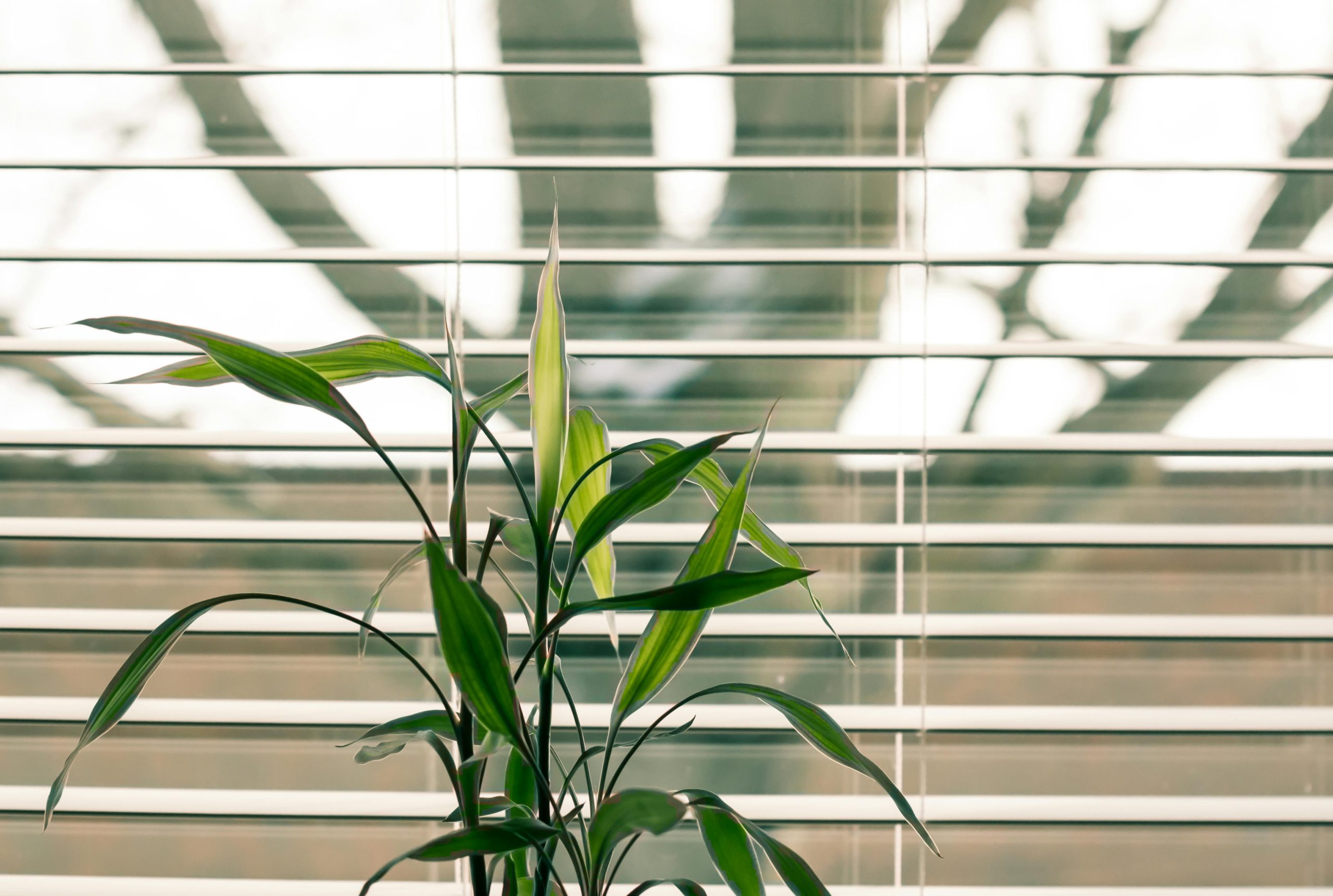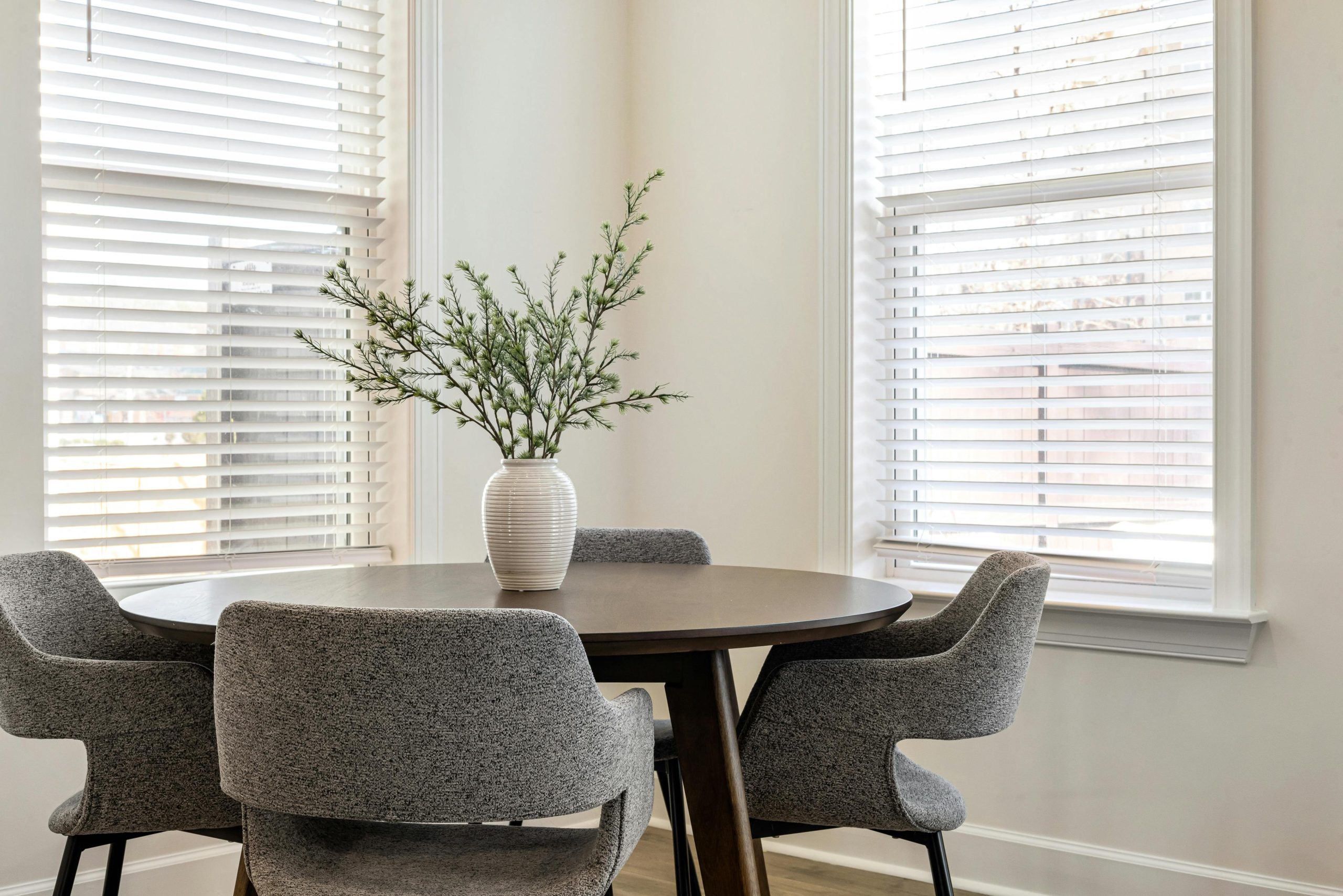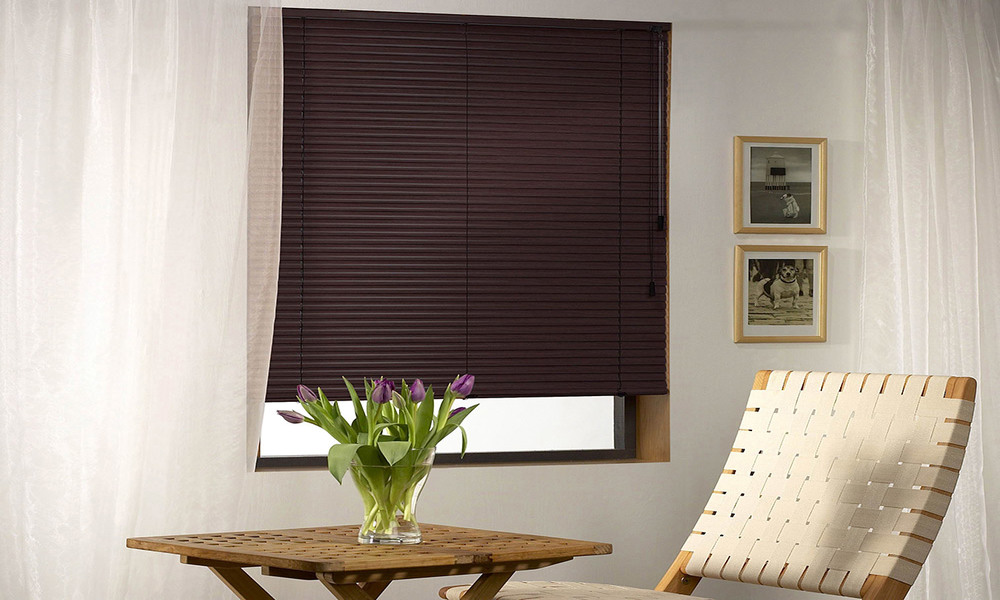Blinds are a valuable element in any home’s design, adding functionality, privacy, and style. Yet, when blinds are left neglected, they accumulate dust, pet fur, and even skin cells—making them prone to wear and tear or even early replacement. Knowing the right techniques to clean your blinds can make them last longer and look pristine without much hassle. Cleaning methods vary based on material and buildup level, but with the right tools and tips, anyone can maintain their blinds effectively. This guide will walk you through everything you need to know about blind cleaning in Vancouver.
Summary of Blind Cleaning Essentials:
- Identify Blind Material: Choose your cleaning method based on material type.
- Dry Cleaning First: Use a vacuum or duster to remove surface dust.
- Non-Fabric Blinds: Clean with water and mild detergent for deeper cleaning.
- Fabric Blinds: Spot-clean and vacuum to avoid fabric damage.
- Preventative Maintenance: Regular dusting and light cleaning keep blinds in top shape.
- Professional Cleaning: Ideal for delicate blinds or heavily stained ones.
- Eco-Friendly Options: Use natural solutions when possible for safer, greener cleaning.
1. Why Blind Cleaning is Essential for Homes in Vancouver
Living in a coastal city like Vancouver means dealing with a unique set of environmental factors that can affect indoor air quality and cleanliness. Frequent rain and high humidity can lead to faster dust accumulation and even the risk of mold. For those with allergies, unclean blinds can aggravate symptoms, while regular cleaning can extend the lifespan of the blinds, keeping them looking fresh and functional for years.
Benefits of Regular Blind Cleaning:
- Improved Air Quality: Regular cleaning of blinds reduces dust, pet dander, and other allergens that can circulate through the air. This is especially beneficial in Vancouver’s damp climate, which can promote dust accumulation.
- Extended Blind Life: Dust and dirt can wear down the surface of blinds over time, leading to color fading and material breakdown. Consistent cleaning minimizes the risk of wear and tear, meaning your blinds will last longer and look better.
- Enhanced Appearance: Blinds are often a focal point in rooms, and their cleanliness impacts the overall look of your home. By keeping them free of dirt, they contribute to a cleaner, brighter environment.

2. Identifying Your Blinds: Types and Materials
Before cleaning, it’s essential to understand what type of blinds you have, as this affects your choice of cleaning method. Not all blinds are created equal, and using the wrong method on delicate materials can lead to damage.
Common Types of Blinds:
- Wooden Blinds: These add warmth and elegance to any room, but they are sensitive to moisture. They require dry cleaning methods or a very lightly dampened cloth.
- PVC or Plastic Blinds: Sturdy and often used in kitchens and bathrooms, plastic blinds can withstand a bit more scrubbing but may discolor over time if exposed to harsh chemicals.
- Fabric Blinds: Fabric options, such as roller and Roman shades, need gentle care. Too much water or scrubbing can damage the fabric, so vacuuming or spot cleaning is recommended.
- Metal Blinds (Aluminum): Durable and resistant to moisture, metal blinds can handle more intensive cleaning methods, though they can bend if handled roughly.
Understanding your blinds’ material will ensure you don’t inadvertently damage them by using inappropriate products or techniques.
3. Getting Started: Tools for a Successful Blind Cleaning Session
Having the right tools and setup can streamline your cleaning process, making it faster and more effective. Preparing everything beforehand will also prevent interruptions, ensuring a smooth and thorough cleaning session.
Essential Tools:
- Vacuum Cleaner with Brush Attachment: A vacuum cleaner is ideal for quickly removing dust from blinds, especially when you’re short on time or just need a quick touch-up.
- Microfiber Cloths: Microfiber is gentle on delicate surfaces and can capture fine dust particles without leaving streaks.
- Mini Blind Duster: This specialized tool allows you to clean multiple slats at once, which can save a lot of time.
- Dishwashing Liquid & Warm Water: For deeper cleaning, a few drops of mild dish soap mixed with warm water works wonders in cutting through grime without being overly harsh.
- Optional Baking Soda: Baking soda can act as a mild abrasive to help dissolve stubborn stains, especially those caused by kitchen grease or smoke.
4. Dry vs. Wet Cleaning: Knowing When to Use Each Method
Blind cleaning methods typically fall into two categories: dry and wet. Each has its advantages and is suited to different levels of cleaning needs. It’s often best to start with dry cleaning methods to remove dust, and then use wet cleaning techniques if there’s still visible dirt or staining.
Dry Cleaning:
- What It’s Best For: Weekly or bi-weekly maintenance. Dry cleaning methods like vacuuming or dusting are ideal for light cleaning and preventing dust buildup.
- How to Do It: Use a vacuum with a brush attachment or a microfiber cloth to gently wipe each slat from top to bottom. For delicate fabric blinds, simply vacuum using a low setting.
Wet Cleaning:
- What It’s Best For: More thorough cleaning, especially when there’s visible grime or sticky residue. Wet cleaning is also suitable for blinds in kitchens or bathrooms where grease and moisture are present.
- How to Do It: Mix a few drops of dish soap with warm water, dip a cloth in the solution, and wring out excess water before wiping each slat. Be sure to rinse and wring the cloth frequently to prevent streaking.
5. Best Practices for Cleaning Non-Fabric Blinds: A Step-by-Step Guide
Non-fabric blinds, like those made from wood, PVC, or metal, are usually more resilient to different cleaning techniques. Here’s a step-by-step guide to cleaning non-fabric blinds effectively.
Firstly, you must get the dust off the blinds using a duster or a vacuum. For horizontal blinds, work top to bottom, and for vertical blinds, work left to right, starting at the top and pulling down the dust toward the bottom. If you are using a vacuum, select a brush attachment, and if you are going to dust by hand microfiber cloths are best to gather the dust.
Add 3 drops of dishwashing liquid into a bowl or bucket and fill with warm water. Take a microfibre cloth and dunk it in the liquid, wring well to the point of the cloth being damp-dry. Take your cloth, and starting from the top (for vertical) or left (for horizontal), pinch the cloth around each blind slat and wipe away dirt and dust by pulling the cloth to the other end of the slat. Rinse your clothes as you go, as you’d be surprised how dirty it will get. If there are heavy stains on the blinds like grease, dead bug residue or nicotine, you can add about 1 tbsp of baking soda to the wash which should help dissolve heavy stains.
Once your blinds are clean, you can maintain them by dusting regularly using a simple duster or a vacuum.
6. How to Remove Dust and Debris from Blinds for a Dust-Free Home
Dust is one of the biggest culprits of dirty blinds, and it accumulates quickly if not regularly removed. Tackling dust regularly can help avoid buildup, making each cleaning session quicker and easier.
Tips for Effective Dust Removal:
- Vacuuming: A vacuum cleaner with a brush attachment can gently lift dust without scattering it around the room, making it more effective than a duster or feather duster.
- Use a Mini Blind Duster: Mini blind dusters, which have multiple arms to cover several slats at once, are perfect for those who want to save time. These tools work by capturing dust on microfiber surfaces, which helps to prevent redistribution.
- Avoid Feather Dusters: While feather dusters are often used for quick dusting, they tend to move dust around rather than remove it entirely. Using a microfiber cloth is much more effective as it traps and holds onto dust particles.
Pro Tip: Wiping your blinds with a dryer sheet after dusting can help repel future dust, making maintenance easier over time.
7. Cleaning Plastic and PVC Blinds: Tips for Long-Lasting Results
Plastic and PVC blinds are known for their durability and resilience. However, they can discolour over time, particularly if exposed to direct sunlight or harsh cleaning chemicals. Maintaining a gentle cleaning routine helps extend their lifespan.
Step-by-Step Guide to Cleaning PVC Blinds
- Start with Vacuuming: Use a soft brush attachment to vacuum each slat. This will prevent dust from forming a muddy residue when wet.
- Prepare a Mild Soap Solution: Fill a basin with warm water and add a few drops of dish soap. Avoid using too much soap, as it can leave streaks or film.
- Wipe Down Each Slat: Dip a microfiber cloth in the soapy water, wring it out, and gently clean each slat. For tough stains, let the soap solution sit for a minute before wiping.
- Rinse and Dry: Rinse the cloth in clear water and wipe the blinds again to remove any soap residue. Allow the blinds to air dry or use a soft towel to prevent water spots.
Avoid Harsh Chemicals: While PVC is generally resilient, harsh chemicals like bleach can damage or discolour the material over time. Stick to gentle soap and water for the best results.
8. Tackling Heavy Stains and Grease on Kitchen Blinds
Blinds in kitchens are particularly susceptible to stains and grease due to proximity to cooking areas. Over time, these particles accumulate, making it necessary to clean them more frequently.
Effective Methods for Grease Removal:
- Degreasing Soap: Use a small amount of degreasing dish soap mixed with warm water. This will help cut through grease without leaving any residue.
- Baking Soda Paste: For tougher stains, create a paste using baking soda and water. Apply it to the stains and gently scrub with a soft brush or cloth.
- Avoid Using Too Much Water: For wood blinds, avoid excess water as it can warp the material. Instead, apply a cleaning solution sparingly to prevent soaking.

9. Maintaining Clean Fabric Blinds: Dos and Don’ts
Fabric blinds are softer and more delicate than other types, requiring gentle handling to avoid fraying or stretching. They can be difficult to clean, especially if the fabric is textured or intricately woven.
Tips for Cleaning Fabric Blinds
- Regular Vacuuming: Vacuuming regularly with a brush attachment will prevent dust from embedding deeply in the fabric, making it easier to maintain.
- Spot-Cleaning: For small stains, use a cloth dampened with soapy water, and dabbing (not rubbing) to avoid damaging the fabric. Blot with a dry cloth to remove any excess moisture.
- Avoid Harsh Chemicals: Stick to mild soap solutions. Harsh cleaners can cause fading or damage to the fibres in the fabric.
Consider Professional Cleaning: For high-end or particularly delicate fabric blinds, professional cleaning may be the best option. Professionals have the equipment to clean without causing damage.If your blinds are beyond cleaning and need to be replaced, contact Lux Blinds for a free project consultation
10. Eco-Friendly Blind Cleaning Solutions
Eco-friendly cleaning methods can help reduce environmental impact while keeping your home safe. Vancouver residents often prefer eco-conscious solutions, especially with the city’s focus on sustainability.
Natural Cleaning Solutions
- Vinegar and Water: Vinegar is an excellent natural cleaner that can cut through grime without leaving streaks. However, avoid using it on wood blinds as it can strip the finish.
- Baking Soda and Lemon: These two household items can be combined to create a mild abrasive paste. The lemon adds a fresh scent, and baking soda helps dissolve stains without harsh chemicals.
- Essential Oils: A few drops of essential oils, like tea tree or lavender, in your cleaning solution, can add antibacterial properties and a fresh fragrance to your cleaning routine.
Tips for Eco-Friendly Cleaning
- Use Reusable Cloths: Instead of disposable wipes or paper towels, opt for microfiber or cotton cloths that can be washed and reused.
- Avoid Aerosols: Aerosol cleaners often contain chemicals that can be harmful to the environment. Stick to pump sprays or homemade solutions.
11. Maintaining Your Blinds Between Cleanings
Keeping blinds clean between deep cleans doesn’t have to be time-consuming. With a few quick habits, you can minimize dust and dirt buildup.
DIY Quick-Cleaning Tips
- Weekly Dusting: Regularly dusting your blinds prevents dust buildup, reducing the frequency of deep cleaning.
- Use a Vacuum: For a quick refresh, run a vacuum with a brush attachment over the blinds to maintain cleanliness without much effort.
- Keep Supplies Handy: Keeping a mini blind duster near frequently used blinds can make touch-ups easy and convenient.
Maintaining Beautiful, Clean Blinds in Vancouver
With the right approach, keeping your blinds clean doesn’t have to be challenging or time-consuming. From weekly dusting to occasional deep cleaning, you can maintain your blinds’ appearance and functionality year-round. Investing in regular maintenance or choosing professional services as needed will help Vancouver residents enjoy the benefits of clean, stylish blinds that add value and comfort to their homes.
